There’s nothing quite like the peace of mind that comes with knowing your furry friend is in good hands while you’re enjoying a well-deserved vacation. Yet, pet-sitting isn’t as simple as finding someone to pop by for feeding time. With the right knowledge, you can ensure that your pet experiences the least amount of stress in your absence. Here are 10 pet-sitting secrets every owner should know before jetting off to paradise.
1. Choose the Right Sitter
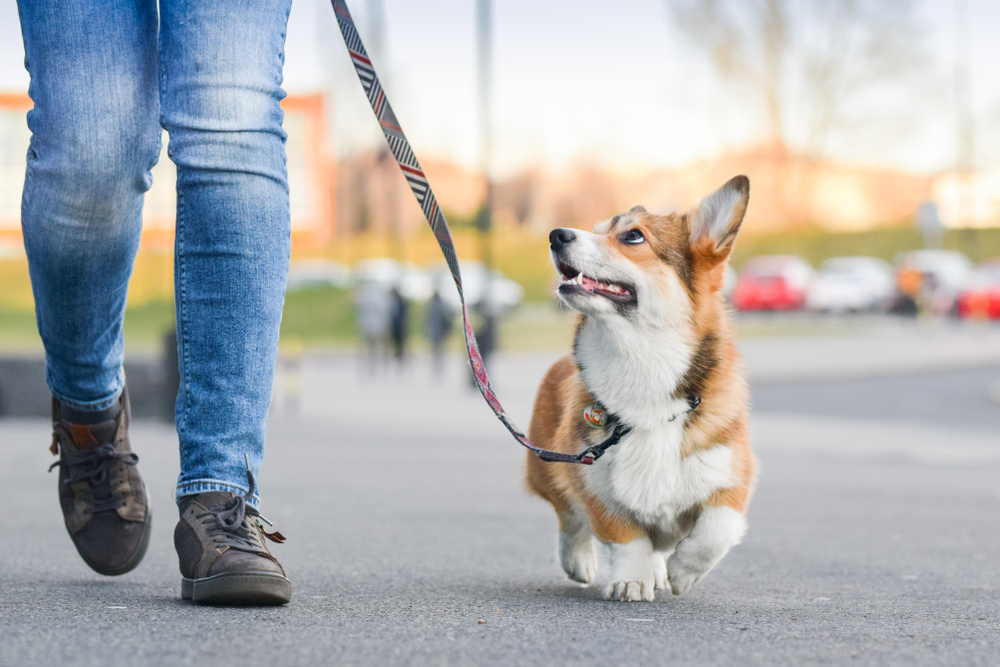
Finding the right pet sitter is paramount to your pet’s happiness and well-being while you’re away. It’s not just about picking someone who loves animals — you need someone with the skills and temperament to manage your pet’s specific needs. Professional pet sitters often come with certifications or experience that can be invaluable, especially for animals with special care conditions. A trusted friend or family member could work too, but ensure they understand the responsibility at hand.
According to Pet Sitters International, professional sitters often undergo training that equips them with knowledge about pet first aid, behavior, and stress management. This expertise can be crucial, especially if your pet gets anxious or has health issues. Don’t shy away from asking potential sitters about their experience and certifications. Ultimately, the peace of mind knowing your pet is in capable hands is worth the effort.
2. Conduct a Pre-Vacation Meet and Greet
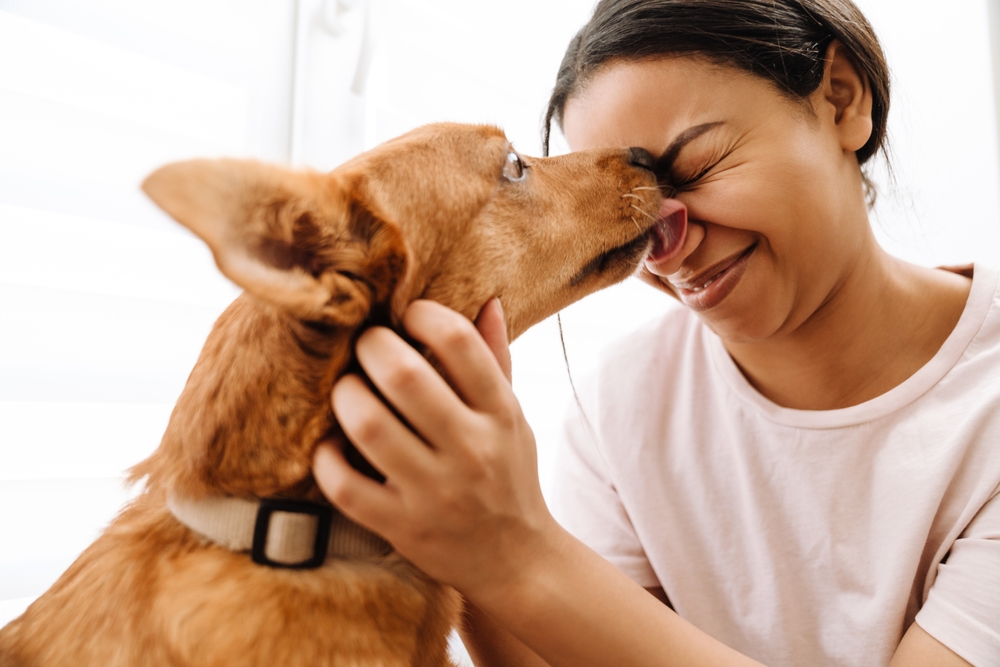
Your pet’s comfort with their sitter can make a significant difference in their overall experience while you’re away. Before you hand over your keys, arrange a meet and greet between your pet and the sitter. This meeting allows both parties to become familiar with each other in a low-pressure environment. It also gives you a chance to observe interactions, ensuring that your pet is comfortable and happy.
During this meeting, you can go over your pet’s routine and any specific quirks they might have. It’s an excellent opportunity to show the sitter where you keep food, toys, and other essentials. Encourage open communication and ask the sitter to share their observations. By the end of the session, you should have a clearer idea of how the two will get along.
3. Keep Routines Consistent

Pets thrive on routine, and any deviation can lead to stress or anxiety. Ensure you brief your pet sitter about your pet’s daily schedule, from feeding times to walks and playtime. Consistency in these areas will help your furry friend feel secure and minimize the anxiety that can come with your absence. Even the smallest disruptions, like changing feeding times, can throw your pet off balance.
According to a study published in the Journal of Veterinary Behavior, maintaining a consistent routine can significantly reduce stress-related behaviors in pets. This predictability helps them feel safe and reduces the risk of them acting out or becoming anxious. Make sure your sitter understands the importance of sticking to your established schedule. It’s a simple step that can make a huge difference in your pet’s comfort.
4. Provide Detailed Care Instructions

Leaving detailed instructions is one of the best ways to ensure quality care for your pet. Write down your pet’s daily schedule, dietary restrictions, medical needs, and any other pertinent information. Include emergency contacts and vet details for added security. The more information your sitter has, the better they can cater to your pet’s needs.
Consider creating a checklist or guidebook that the sitter can refer to if needed. Highlight any quirks your pet might have, such as fears or favorite hiding spots. This will help the sitter understand your pet better and respond appropriately to their behavior. Clear instructions eliminate guesswork and help prevent potential mishaps.
5. Ensure Access to Supplies

Before you leave, make sure your pet sitter knows where all necessary supplies are kept. Have enough food, medications, cleaning supplies, and any other essentials to last for the duration of your trip. An organized setup will make it easier for your sitter to manage day-to-day tasks without unnecessary stress. You might even want to create a checklist for them to tick off as they go.
A survey by the American Pet Products Association found that lack of supplies is a common issue pet sitters face. Don’t assume your sitter will know where things are or that they should buy replacements themselves. Leave clear instructions about where to find everything, and make it easy for the sitter to keep track of inventory. This will ensure your pet’s needs are met seamlessly while you’re away.
6. Consider a Backup Plan
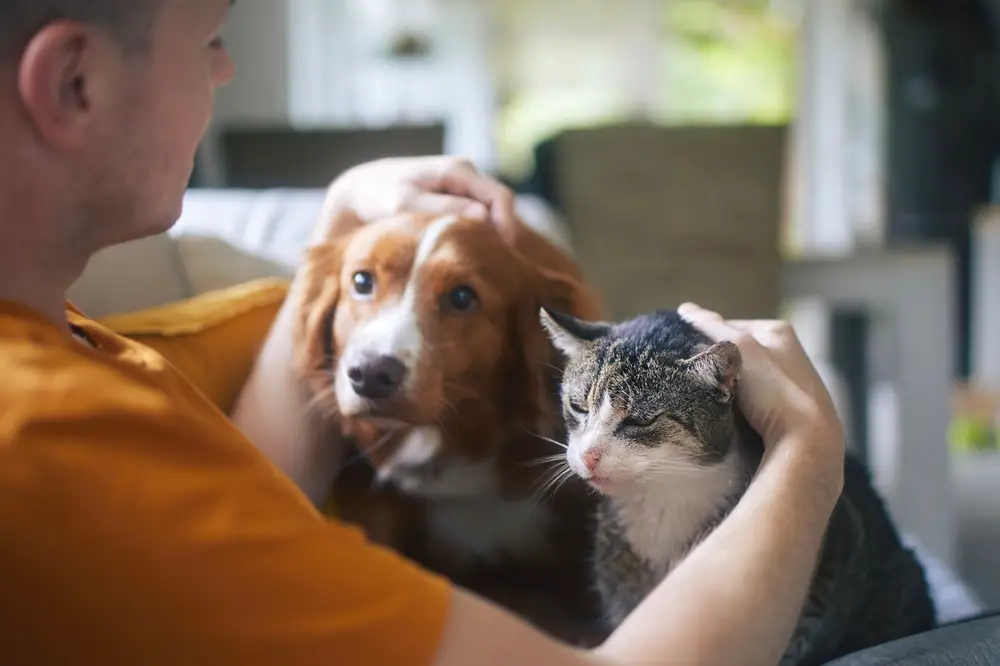
Even the best-laid plans can go awry, so having a backup plan is always a smart idea. Discuss with your sitter what should happen in case of an emergency or if they are unable to fulfill their duties. Designate a trusted friend or another sitter who can step in if needed. Make sure this person’s contact information is easily accessible to your primary sitter.
Communicating these details might seem unnecessary, but emergencies do happen. Having a contingency plan ensures that your pet will always have someone available to care for them. It also gives you peace of mind knowing that someone reliable can step in if needed. Clarity in these arrangements is key to avoiding any last-minute panic.
7. Use Smart Tech to Stay Connected
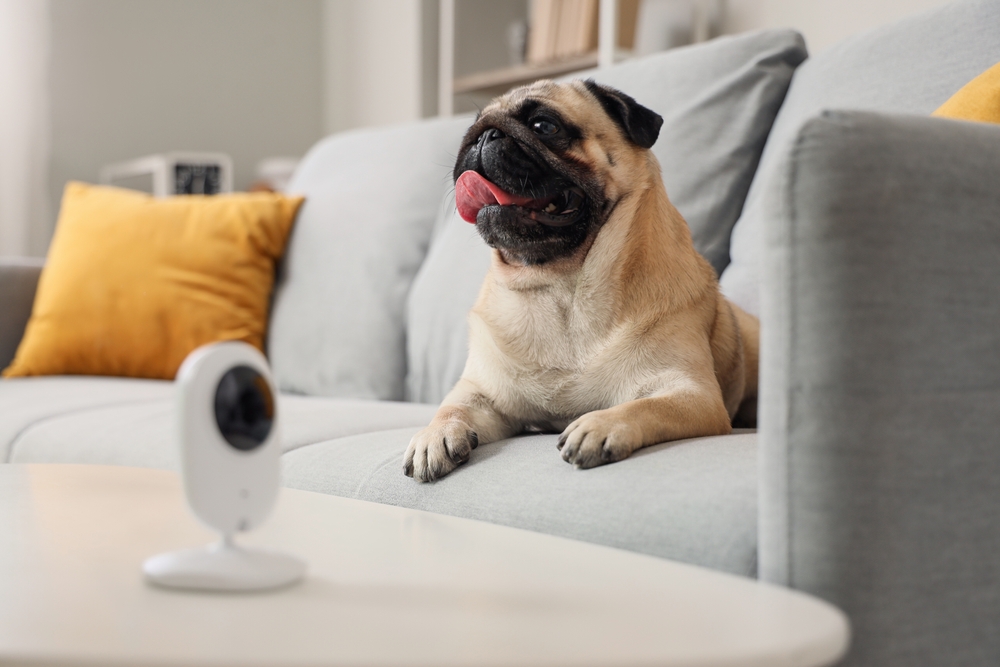
In this digital age, staying connected with your pet sitter has never been easier. Utilize technology like video calls or pet cameras to check in on your pet while you’re away. Regular updates and visuals can reassure you that everything is going smoothly back home. It also allows you to communicate any last-minute instructions or changes efficiently.
The American Kennel Club notes that many pet sitters now offer photo updates or short video clips as part of their service. This adds an extra layer of transparency and lets you feel involved in your pet’s care even from a distance. Discuss the type of updates you’d prefer with your sitter before leaving. It’s a small step that can make your time away much more enjoyable.
8. Prepare Your Home
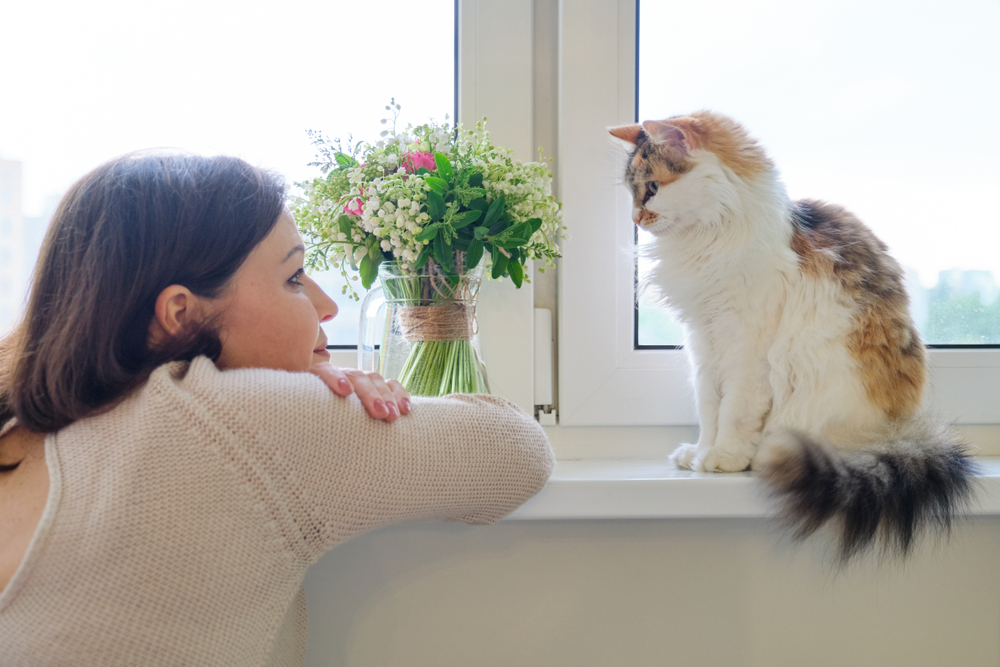
Before you leave, ensure your home is ready for both your pet and the sitter. Pet-proof areas where your animal might spend most of their time and remove any items that could pose a hazard. Make sure the sitter knows which rooms your pet is allowed in and which are off-limits. This preparation helps in maintaining the safety and comfort of your pet and sitter alike.
Consider leaving small comforts for your pet, like their favorite blanket or bed in an accessible area. This will help them feel at home even in your absence. Additionally, check that all doors, windows, and gates are secure. A little home prep goes a long way in ensuring a smooth experience for everyone involved.
9. Address Potential Behavioral Issues

Every pet has its quirks, and some may display anxiety or odd behavior when their owner leaves. Talk to your sitter about any potential issues and how to best handle them. This might include separation anxiety, aggression, or nervousness around strangers. Providing guidance on coping mechanisms or disciplinary actions can help the sitter manage these behaviors effectively.
Discuss any previous occurrences and successful interventions you’ve discovered. This will equip your sitter with the knowledge they need to handle situations calmly. If your pet takes medication for anxiety, ensure the sitter knows how and when to administer it. Proactive communication is key to preventing these issues from escalating.
10. Follow Up After You Return

Once you return from your trip, touch base with your sitter to discuss how everything went. This follow-up provides valuable feedback and helps you make improvements for future sitting arrangements. Ask about any incidents that occurred and how they were resolved. This information will be helpful for both you and your sitter in understanding your pet’s needs better.
It’s also a good time to thank your sitter and address any concerns they might have had. This gesture reinforces a positive relationship and ensures they’ll be willing to help again in the future. Keeping open lines of communication even after your return fosters trust and reliability. Plus, it’s always nice to come home to a happy, well-cared-for pet.
